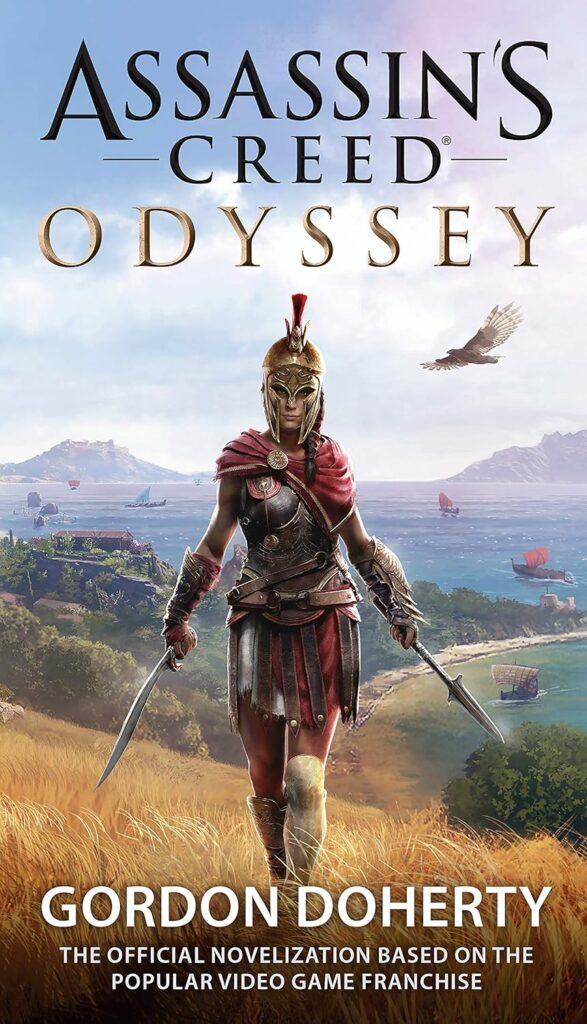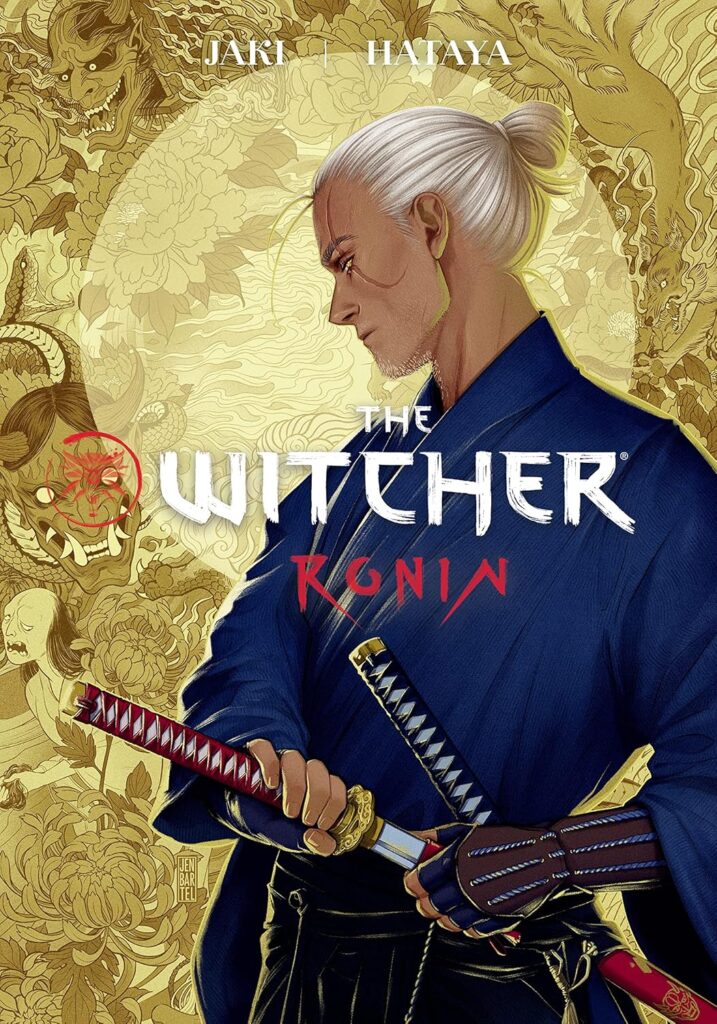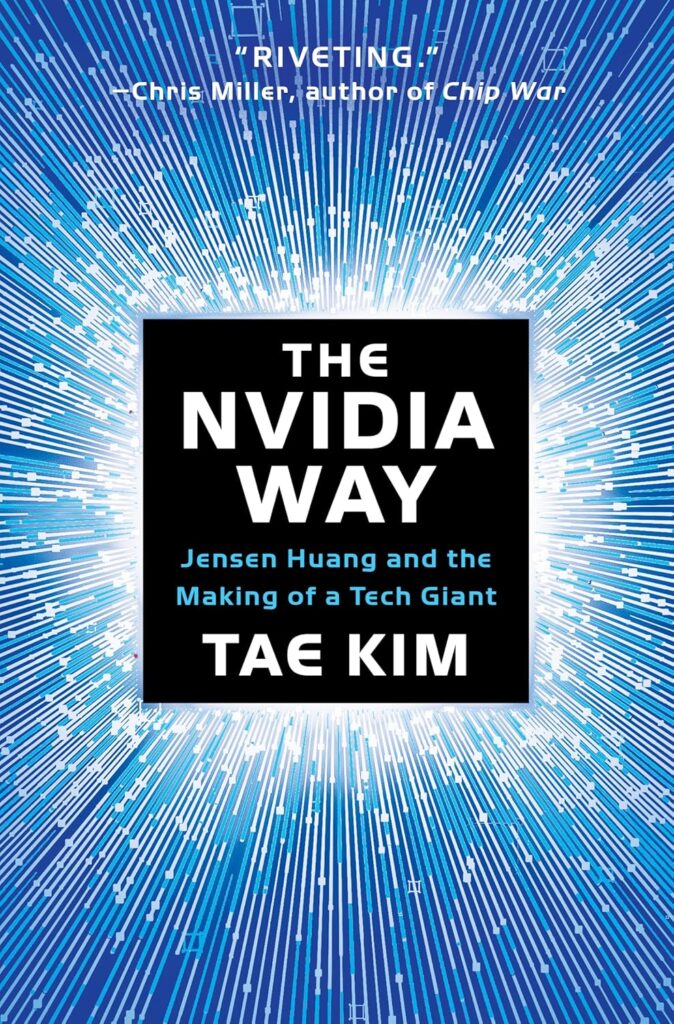Blossoming Tales
Recensio Libri III 1/20/25

Book Title: Assassin’s Creed: Odyssey
Author: Gordon Doherty
When I was young, I was drawn to games because I admired the strength of the female characters. I think, deep down, I was searching for role models to look up to. When I immigrated to America by myself, I often felt weak and inadequate, especially since I could barely speak English. During that time, manga and anime became my escape—they provided me with role models and inspiration, offering a sense of stability in a world full of unpredictable human experiences.
The first game I was introduced to was Secret of Mana III, thanks to a childhood friend. Later, I discovered Assassin’s Creed while browsing a Barnes & Noble bookstore—a treasure trove of knowledge. I don’t recall whether it was an art book or a strategy guide, but it was on sale for $9.99. What captivated me most was the character design and the mystique of being an assassin. The historical architecture, background art, clothing designs, and rich color palettes immediately caught my eye. Each illustration seemed to tell a story steeped in mystery and darkness.
My introduction to Assassin’s Creed: Odyssey came through my hairdresser, and it brought back nostalgic memories of the Assassin’s Creed series. I read the summary on Steam to learn more about Odyssey, and it mentioned Spartans, which reminded me of the movie 300. As a child, I couldn’t fully appreciate historical stories like that, so I wasn’t particularly drawn to the Spartan theme. However, what intrigued me was the part of the summary about a girl who was cast out of society but fought her way back. That resonated deeply with me.
The story of overcoming trauma and rebuilding oneself is one I connect with on a personal level. I’m eager to see how her journey unfolds, how she grows through her struggles, and how her character develops. I hope reading this book will inspire me to find strength and rebuild my own path, just as she does.
Recensio Libri II 01/20/25

Book Review: The Witcher: Ronin
Author: Rafał Jaki
Illustrator: Hataya
I was first introduced to The Witcher while browsing Netflix. What initially captured my attention was the stunning character design and the fantasy-based storyline. I was instantly hooked. The show’s dark fantasy elements were incredibly intriguing, and the monsters were crafted with carefully developed personalities and unique abilities. The main character was fascinating, but what stood out even more was Yennefer’s story. Her sacrifices to create a better life for herself were arduous and painful, yet her strength and resilience were truly remarkable.
When I stumbled across The Witcher: Ronin at the library—a Japanese-themed twist on The Witcher—I couldn’t resist picking it up. I’ve always loved Japanese folklore. As a child, my grandmother would share stories like Momotaro, the Peach Boy, with me, especially since our culture was heavily influenced by Japanese traditions. I’ve always been captivated by traditional Japanese clothing, flower arrangement classes, and even tea ceremonies, which were part of my school curriculum growing up.
Seeing this manga—a blend of Japanese and Western influences within a dark fantasy setting—was like a dream come true. My eyes lit up at the gorgeous illustrations, and I’ve already fallen in love with the art. I can’t wait to see how the story unfolds!
-
Recensio Libri I 01/20/25

Book Review: The NVIDIA Way: Jensen Huang and the Making of a Tech Giant
Author: Tae KimWhile browsing the We Read app (微信讀書), I discovered a newly published book titled The Thinking Machine: Jensen Huang, Nvidia, and The World’s Most Coveted Microchip by Stephen Witt. Intrigued by the topic, as I’ve always been passionate about Artificial Intelligence, I decided to explore related books while waiting for its release. AI fascinates me because it’s such a powerful tool for learning and challenging one’s perspective. My curiosity led me to discover The NVIDIA Way by Tae Kim on Amazon Kindle. I purchased it and began reading.
Though I’m still in the early chapters, I’ve already found several powerful insights. Two quotes, in particular, challenged my mindset:
- “At Nvidia, the whiteboard is more than the primary form of communication at meetings. It represents both possibility and ephemerality—the belief that a successful idea, no matter how brilliant, must eventually be erased, and a new one must take its place… Employees must demonstrate their thought process in real time, in front of an audience; there’s no hiding behind neatly formatted slides or slick marketing videos.”
This made me realize that what I once considered “hard work” is just a small step toward becoming a truly effective and responsible adult. I’ve been inspired to confront my shallow understanding of some topics and rebuild my knowledge from a stronger foundation. Growth requires embracing discomfort and continual learning.
- “People with very high expectations have very low resilience. Unfortunately, resilience matters in success… Greatness is not intelligence. Greatness comes from character… the struggle to persevere in the face of bad, and often overwhelming, odds is simply what work is. Thus, whenever someone asks him for advice on how to achieve success, his answer has been consistent over the years: ‘I wish upon you ample doses of pain and suffering.’”
This second quote reframed my view of obstacles. Rather than setbacks, I now see them as part of my training ground—challenges to overcome as I climb toward the summit of my goals. While I feel I’m still at the base of the mountain, I’m eager to discover the view from the top.
The NVIDIA Way is proving to be both a motivational and thought-provoking read. The lessons on innovation, resilience, and continuous learning resonate deeply. I look forward to uncovering more as I progress through the book and would recommend it to anyone interested in technology, leadership, or personal growth.